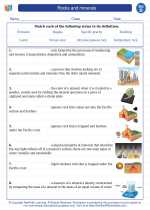Compound Leaves
Compound leaves are a type of leaf in which the leaf blade is divided into multiple leaflets. These leaflets are attached to a single leaf stalk or petiole. Compound leaves can be further classified into two main types: pinnately compound and palmately compound.
Pinnately Compound Leaves
In pinnately compound leaves, the leaflets are arranged on either side of the central leaf stalk, resembling a feather. Each leaflet is attached to the central petiole by its own small stalk, called a petiolule. Examples of plants with pinnately compound leaves include rose, ash, and walnut trees.
Palmately Compound Leaves
In palmately compound leaves, the leaflets are attached at a single point at the tip of the petiole, resembling the fingers of a hand. Each leaflet is directly attached to the petiole without its own individual stalk. Plants such as the horse chestnut and maple trees have palmately compound leaves.
Study Guide
- What are compound leaves?
- How are pinnately compound leaves different from palmately compound leaves?
- Give examples of plants with pinnately compound leaves.
- Give examples of plants with palmately compound leaves.
- What is the significance of the petiole in compound leaves?
Understanding the structure and classification of compound leaves is important in the study of plant morphology and taxonomy. It also aids in plant identification and classification in botanical studies.
Hope this study guide helps you in understanding the concept of compound leaves!
.◂Science Worksheets and Study Guides Fourth Grade. Rocks and minerals
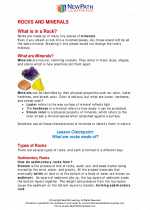
 Activity Lesson
Activity Lesson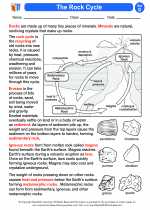
 Worksheet/Answer key
Worksheet/Answer key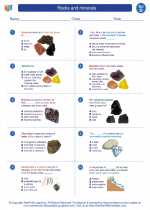
 Worksheet/Answer key
Worksheet/Answer key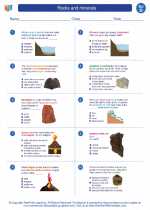
 Worksheet/Answer key
Worksheet/Answer key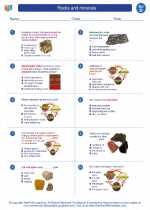
 Worksheet/Answer key
Worksheet/Answer key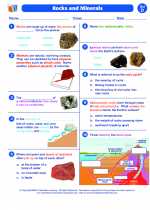
 Vocabulary/Answer key
Vocabulary/Answer key
 Vocabulary/Answer key
Vocabulary/Answer key
 Vocabulary/Answer key
Vocabulary/Answer key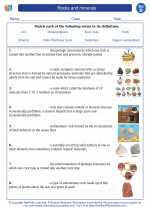
 Vocabulary/Answer key
Vocabulary/Answer key